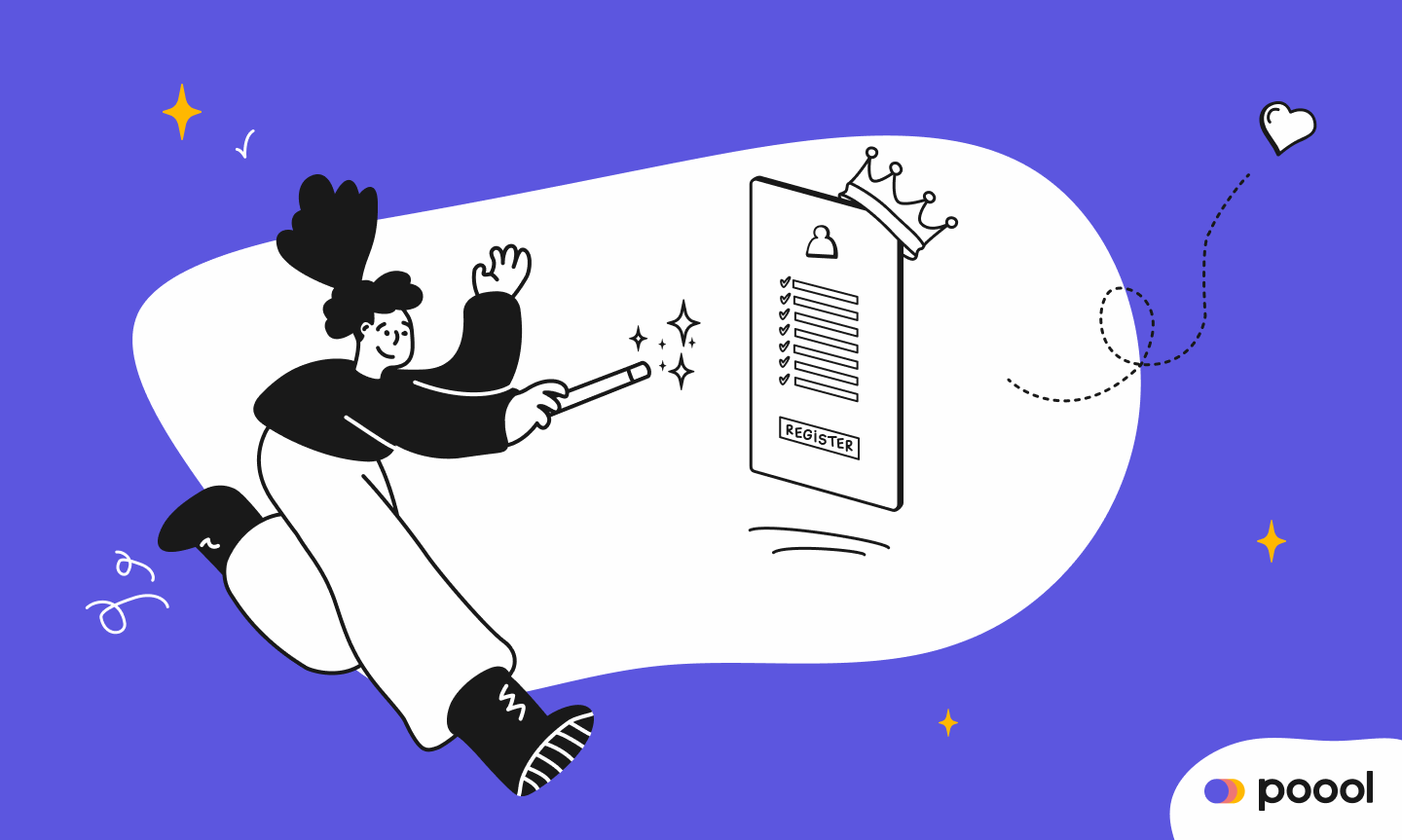Having already positioned itself as a valuable tool for medias, Registration Walls are gradually making their way into brand publishing, helping to build deep relationships, collect first-party data, increase sales...
In short, they're turning brand's content into business.
What is a Registration Wall?
A Registration Wall blocks content and asks or requires your user to create a free account in order to gain access. The idea if that they provide you with key data points (name, email address, etc) in exchange for this access to content, a personalized experience, additional UX features and other advantages depending on the brand.

Turning over traditional KPIs
For a long time, the main performance metrics for publishers and brand publishers alike have been focused around audience acquisition and awareness (page views, unique users, etc).
However, attention is gradually starting to turn towards engagement: time spent on page, frequency of visits, number of social shares...
Specifically, brand publishers are turning back to what they're meant to focus on - selling.
And, in order to sell, you have to have a person to sell to. You need to know them, understand their needs, what value they're looking for... you need to de-anonymize them.
A Registration Wall provides the solution, creating a link between you and the reader who will gradually become more engaged, moving into a prospect and then a customer.
5 reasons to use a Registration Wall on brand publishing content
1. Build a lasting connection with your audience
Take a look at your analytics. There's a high likelihood that the large majority of your audience are volatile users.
A volatile user is someone who visits your site no more than once a month. In Google Analytics, this represents the metric "New user", as opposed to a "Returning user" who visits multiple times per month.
These volatile users have the potential to be loyal, returning customers in the future, but they could also never come back to your site again as they never discovered the value you offered... It's a tricky situation, but also a huge opportunity, one that you wouldn't want to miss.
So, let's say you choose to put up a Registration Wall. Yes, some users may leave your content when faced with the wall, but others will convert, allowing you to collect valuable data points to start developing a deep, lasting relationship. You can send personalized emails, recommend content and gradually increase engagement to build this connection, making them highly more likely to purchase in the future.
2. Collect data to inform your product and sales teams
With the nearing end to third-party cookies, putting a strategy in place to collect first-party data is more important than ever. Luckily for you, a Registration Wall is the perfect tool to solve this challenge. Specifically, it allows you to...
- Track a user's content consumption to inform your strategy, both within the product teams (understand what makes a user convert, the strengths of your premium offer, etc) and editorial teams (which content is most popular amongst your most loyal customers, what content do users read before purchasing, etc)
- Provide sales teams with specific signals to contact a prospect at the best possible moment, i.e. when they're highly engaged in you and your content. Thanks to the data collected in registration, you have their name, contact details and a list of engagement information detailing their exact interests in your site, meaning sales teams can target them with exactly the services/product they're looking for.
—"Hi John, I'm X from Y company...
— Oh funnily enough I was just reading one of your articles!
3. Make your mark in user's email inbox
You'll have likely already understood the business value of collecting a user's email address:
- For content via email, including newsletters, marketing emails, promotions, etc
- For advertisers and the visibility that you offer them within your email communications
- For your partners and any collaborative mailing
- For customer care and satisfaction surveys
Yes, a Registration Wall may well turn some visitors away, but it'll also increase the number of email addresses in your database by a significant amount (believe me) and this is significantly more valuable than the few volatile visitors lost.
4. For e-commerce businesses: make selling quicker and easier
A Registration Wall allows you to de-anonymize visitors early-on in their journey to purchasing, meaning one fewer step to complete in the e-commerce buying funnel (where every step can be a friction point).
No more long form page where so many of your users abandon the buying process! They've already created an account and provided you with personal details (even perhaps their payment method) - all that's needed is a click to validate the purchase. Much simpler than before, right?
5. A soft conversion step before asking for money
If, just like traditional publishers, you sell access to digital content, such as:
- Videos (coaching, e-learning, tutorials, etc.)
- Audio content (podcasts, audio books, etc.)
- High quality written content (guides, white papers, etc.)
... then ask your prospect to provide you with data in exchange for access to content as a soft conversion step before asking for payment. Not only will you benefit from all of the above, but you'll increase engagement and better understand this user so as to sell with much greater success than if they were anonymous.
Only one condition is required to put this Registration Wall strategy into practice... produce high quality content that provides a unique value.
Dive deeper:





